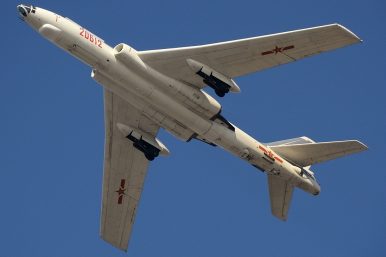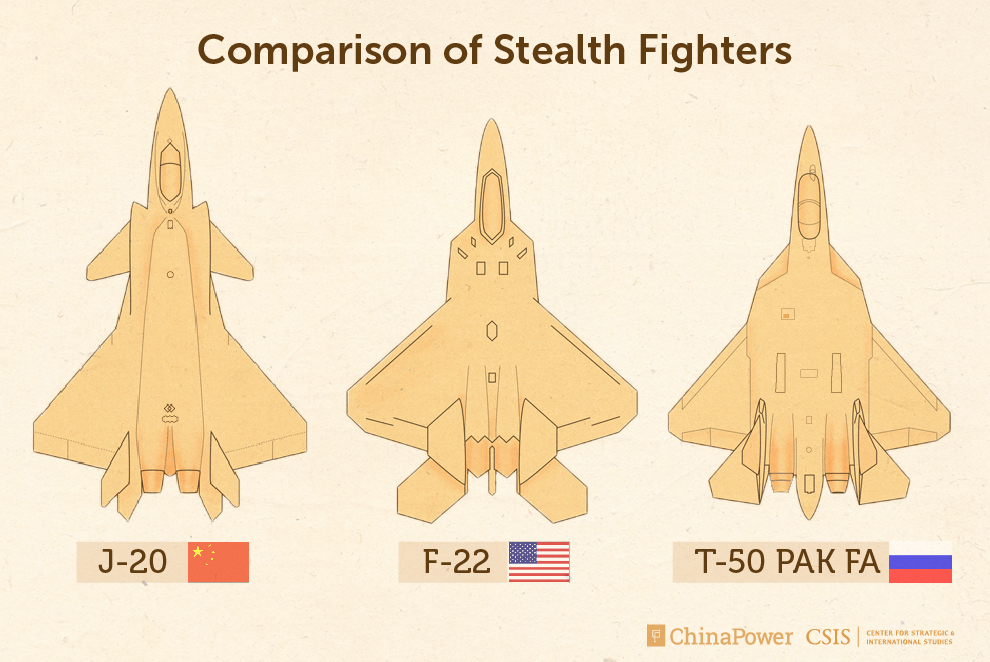So, it appears that what North Korean leader Kim Jong-un put on the table about "denuclearization" was nothing more than what has been there for decades: he is, probably, I'm guessing willing to decommission his nuclear weapons programme IF, but only if the USA removes ALL of its nuclear weapons from South Korea ... denuclearization, in other words, means for everyone on the entire Korean peninsula.
Two articles in Foreign Affairs pertain:
First, Toby Dalton and Ariel Levite say, in
"When Trump Meets Kim Jong Un; A Realistic Option for Negotiating With North Korea" that there is a spectrum of possibilities: "On one end of the spectrum is the popular notion of denuclearizing North Korea, which usually means complete, verifiable, and irreversible dismantlement of North Korea’s nuclear capabilities, or CVID. Although professing nominal commitment to this goal, Kim appears to be conditioning it on such formidable requirements that it is extremely unlikely his regime will actually pursue this in any meaningful time frame, no matter how hard the United States sanctions, threatens, or incentivizes it. Kim believes it would be suicidal to give up his “existential” deterrent, so complete denuclearization is simply not on the table today ... [but] ... Even if it were negotiable in the near term, CVID is based on an outdated understanding of North Korea’s nuclear enterprise. When the U.S. government developed the CVID concept in the mid-2000s, North Korea had conducted just one nuclear explosion test and its long-range ballistic missile program was still in its infancy. North Korea’s technical progress over the intervening decade—five additional nuclear tests and dozens of missile flights—means that a more sophisticated and intrusive approach to rolling back its dangerous capabilities is needed." But, they say, "On the other end of the spectrum, and what North Korea might accept following a summit, is a simple temporary suspension of nuclear and missile flight testing, as Russia has suggested, for which Kim would still demand some sanctions relief or other incentive. But the Trump administration would immediately reject such a minimalist concession. After all, Pyongyang’s unchecked arsenal is already worrisome, and it can continue to grow and improve without full-scale tests;" and
Second, Oriana Skylar Mastro writes, in
"Why China Won’t Rescue North Korea; What to Expect If Things Fall Apart" that "U.S. officials have long agreed with Mao Zedong’s famous formulation about relations between China and North Korea: the two countries are like “lips and teeth.” Pyongyang depends heavily on Beijing for energy, food, and most of its meager trade with the outside world, and so successive U.S. administrations have tried to enlist the Chinese in their attempts to denuclearize North Korea. U.S. President Donald Trump has bought into this logic, alternately pleading for Chinese help and threatening action if China does not do more. In the same vein, policymakers have assumed that if North Korea collapsed or became embroiled in a war with the United States, China would try to support its cherished client from afar, and potentially even deploy troops along the border to prevent a refugee crisis from spilling over into China ... [but] ... But this thinking is dangerously out of date. Over the last two decades, Chinese relations with North Korea have deteriorated drastically behind the scenes, as China has tired of North Korea’s insolent behavior and reassessed its own interests on the peninsula. Today, China is no longer wedded to North Korea’s survival. In the event of a conflict or the regime’s collapse, Chinese forces would intervene to a degree not previously expected—not to protect Beijing’s supposed ally but to secure its own interests."
I suspect that the latter consideration is what drove Kim Jong-un to visit Beijing. My guess is that he and his inner circle ~ much of which I think is on China's payroll, already ~ understand that they need Xi Jinping much, Much, MUCH more than he needs North Korea.
While I believe that a war on the Asian mainland that involves the USA would be both:
1. A regional geo-strategic, political, economic and social disaster of the first order; and
2. Unwinnable unless the word "win" has taken on a whole new meaning;
I do not, for even a µsecond, discount the possibility that the new Trump Team in Washington is (relatively) unconcerned about potential consequences and is, instead, focused on immediate "returns."
If, and it's a big, Big IF, my readings of the East Asian tea leaves are correct, then I think that:
1. Kim requested this meeting because he knows that ~
a. He's being backed, father and father, into a corner fro which there is only one exit: a nuclear war that will shatter the whole Korean peninsula
and kill him, and
b. He needs Chinese backing to face President Trump; and
2. Xi Jinping agreed to the meeting because ~
a. He needs ~ for his on geo-strategic purposes ~ to be "in" this process IF it results in anything other than a war ... and he believes that he
can prevent Kim, at least, from launching such a thing ~ by having him, Kim Jong-un, killed if that's what it takes, and
b. He needs to keep President Trump off balance.
What does President Trump need?
I think he needs a quick, domestic, public relations success in which he can be seen as having done something useful. Thus far his presidency has been a massive, doltish failure. he needs to show America ~ no one else really cares ... the world fears Donald Trump but it doesn't care about him ~ that he can make a deal. He is, of course, a lousy, failed businessman who can only make deals when he has a bankruptcy court behind him. He simply doesn't know how to make deals, he's a serial bankrupt who inherited the base of his fortune from his father, Fredrick Trump, who was, actually, a successful real estate developer. If he wants to be re-elected in 2020 he needs to show his base, and others, that he has managed, at least, to do something right ... that something may be what Toby Dalton and Ariel Levite describe as "comprehensive and verified capping of North Korea’s threatening strategic capabilities and activities." Such a "broad cap" they say "could serve the medium-term interests of the United States and its two allies, Japan and South Korea, while also finding acceptance in China and North Korea." All President Trump rally needs is for the world to let its breath out ... to stop fearing that a nuclear war is just around the corner.
Xi Jinping, however, has other goals.
He is, I think, trying to position himself as the wise and trusted Paramount Leader of a great, peace loving nation. He wants China to displace America as the world's "indispensable nation" and he intends to be in power when that happens. Xi can afford to "play" a longer "game" .. he doesn't have to face re-election or possible impeachment. He will be happy with almost any deal, short of war, because he will receive credit for pushing Kim to the bargaining table.
I think that Xi Jinping, not Kim Jong-un is responsible for the "offer" to denuclearize the Korean peninsula ... the offer will be immensely popular in both Japan and South Korea and, indeed, throughout and even beyond Asia. It cannot be accepted but the blame that will be shard, equally, between Kim Jong-un and Donald Trump.





